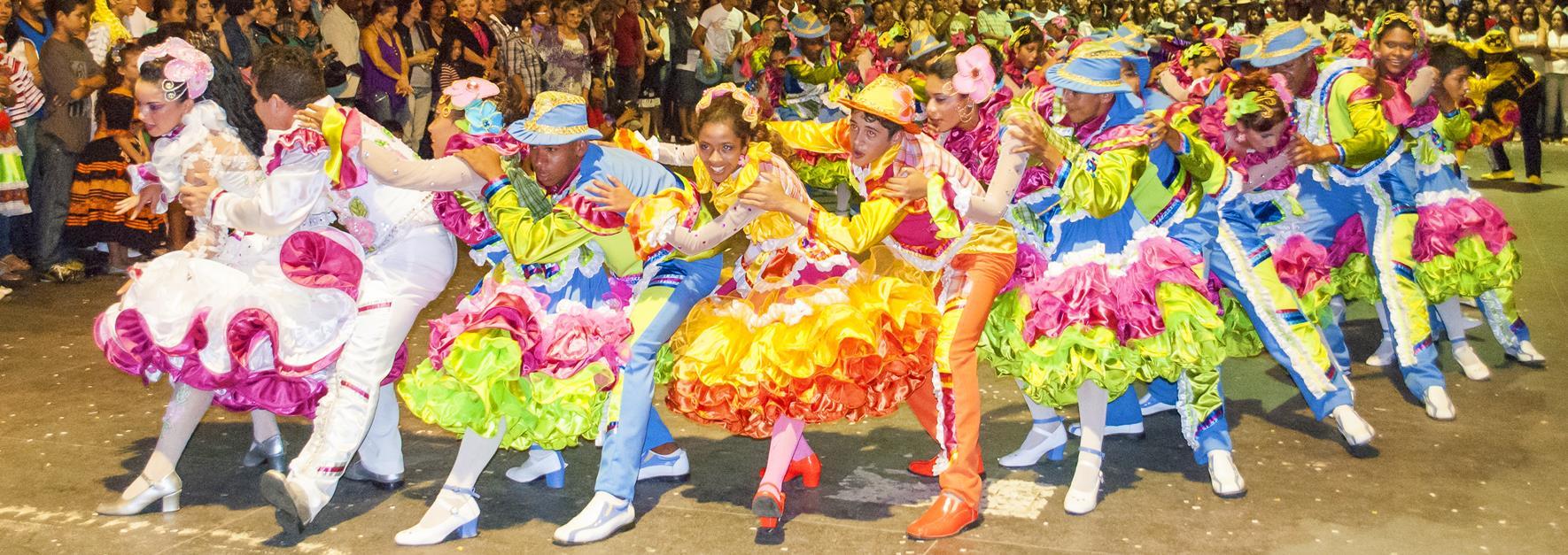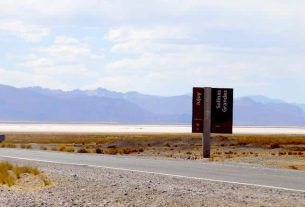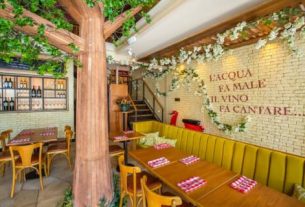Campina Grande is synonymous with culture.
Home to countless events such as the biggest June festival in the world and music, winter and audiovisual festivals, it receives a high number of visitors from the surrounding area and other states and countries in specific months. The museums spread across the city retell history through panels, architecture and typically northeastern objects.
Not to mention the monuments in every corner of the city that contribute even more to exalting the culture of Paraíba. An archaeological site is also a reference in the city for housing a 20 meter long stone, a natural find! Remember shopping, the city has fairs and shopping malls suitable for gifts.
Museums
The museums spread across the city seek to bring a little of the history of Campina Grande, bringing together works of art that portray the state and value artists from the region, explaining the city’s trajectory, as well as the population’s sources of income from cotton and the old water supply through the dam.
Assis Chateaubriand Gallery
The modern building brings together a collection of works of art by renowned Brazilian artists who stood out in the 20th century, such as Cândido Portinari and Anita Malfati. At the bottom, the space is reserved for temporary exhibitions. It is on Rua João Lélis.
Historical Museum
This museum is located in an old building, dating from 1814. Before it was a jail, today it is a museum with a collection of maps and photos that show the evolution of the city. It is on Avenida Marechal Floriano Peixoto.
Cotton Museum
This museum features cotton, as the main raw material for economic development in the 20th century. It is located in an old train station on Rua Benjamin, in the Center.
Museum of Popular Art of Paraíba
Also known as Açude Velho, there are three mirrored buildings designed by Niemeyer. They are divided into exhibition wings: music, crafts and cordel. The name of the place refers to the region’s ancient source of supply.
Itaquatiara Archaeological Site
46 km from Campina Grande, in the city of Ingá, along the BR-230 highway is the Itaquatiara Archaeological Site. It is on private property, but is open to visitors. A huge rock is exposed for admiration.
Right at the beginning, a museum introduces visitors to what is to come and tells the history of the archaeological site. The stone surprises anyone with its 24 meters in length and another 4 meters in height. It’s called Ingá’s stone and is full of cave drawings drawn by Indians around six thousand years ago.
Constructions and Monuments
Certain symbols, monuments and establishments exist in Campina Grande as a way of reminding residents of the city’s history and informing tourists who pass by. The municipal theater is one of them with a different architecture and the Farra de Bodega which references the northeastern tradition through sculptures.
Severino Cabral Municipal Theater
The construction of the theater is curious because it is shaped like a whistle. The place hosts artistic and cultural events. All year round, the space hosts presentations of various attractions. This is where the Winter Festival takes place with dances, musical shows and plays in July.
Winery Party
It is a set of three bronze sculptures, located next to the Açude Grande. They are: a bar table with a tambourine-shaped top, a rustic stool and the figures of Luiz Gonzaga and Jacson do Pandeiro, masters of regional forró.
Squares
Full of trees, Campina Grande is home to several parks, squares and leisure spaces for children and adults. With large spaces, athletes can perform their sports on the courts or tracks at Parque da Criança. Parque do Povo is one of those places that impresses with its structure and Louzeiro with its number of birds. Other squares are considered historical landmarks and mandatory stopping points for tourists.
People’s Park
With 42 thousand meters, the square hosts the June festival every year. The park has the capacity to receive a large number of people and has the structure to set up stages. In total there are more than 300 stalls, restaurants and bars and a central stage.
Clementino Procópio Square
The main meeting point for the city’s young people, the square houses in its center a monument to Teodósio de Oliveira Lêdo, captain-general of the Cariri, Piranhas and Pirancó borders. The square is also called Hippies Square.
Children’s Park
With almost seven thousand meters in length, the park is the largest in the city with a running track, a ramp for skateboarding and a playground with slides for children. It also houses football, volleyball and sand courts. Cyclists can also take trips on the bike trails. Kiosks and snack bars are positioned to satisfy hunger and hydrate athletes. The large lawns are suitable for picnics and some fights such as capoeira or martial arts. The park opened in 1993.
Evaldo Cruz Park
Next to Parque do Povo, this park has a circular shape and is almost 50 thousand meters long. The place that was once a dam brings together an obelisk, benches, a fountain and a charming restaurant.
Louzeiro
A place of environmental preservation, it is considered a forested caatinga with species of small and large birds such as malungus, baraúnas, catanduvas, among others. It is an interesting experience of fauna and flora.
flag Square
Right in the heart of the city, this square is a reference for anyone visiting Campina Grande. At 4,000 meters, the space is constantly the stage for celebrations or just an excuse to relax in the middle of nature. Inside the square there are second-hand bookstores, newsstands and a cafe with record, CD and DVD stores.

Sign up for our newsletter and stay up to date with exclusive news
that can transform your routine!
Warning: Undefined array key "title" in /home/storelat/public_html/wp-content/plugins/link-whisper-premium/templates/frontend/related-posts.php on line 12
Warning: Undefined array key "title_tag" in /home/storelat/public_html/wp-content/plugins/link-whisper-premium/templates/frontend/related-posts.php on line 13




